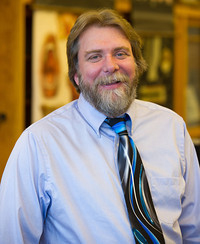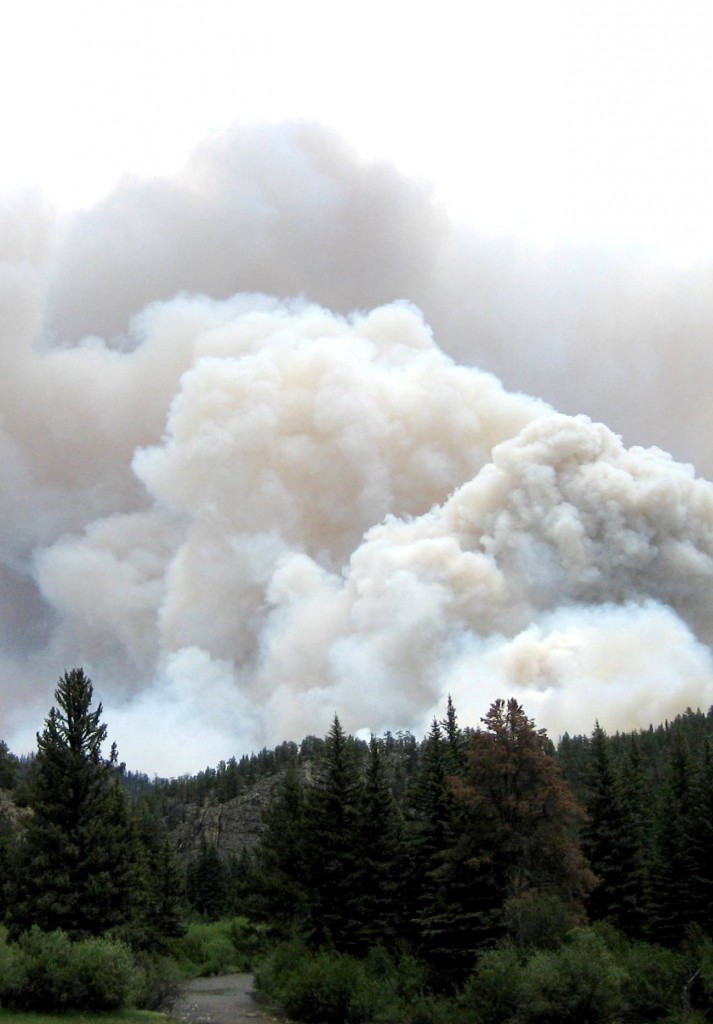
We here in the great state of New York live in a fairly natural disaster free region. The threat of massive earthquakes, volcanic eruptions, or all-consuming wildfires is relatively minimal. However, in places like California, the Rocky Mountains, and the Southern United States, wildfires are a stark reality to the people and ecosystems of the region. Over time, the regions adapt ecologically to make wildfires a beneficial, natural process. But why?
Expert Response
 Name: Dr. Timothy B. Mihuc
Name: Dr. Timothy B. Mihuc
Capacity: Professor of Environmental Science
Campus: SUNY Plattsburgh
Research: Focuses on aquatic ecology, which is of stream, lakes, and river systems, as well as invertebrate community dynamics, invasive species, and food web dynamics. Dr. Mihuc is also the Director of the Lake Champlain Research Institute.
Dr. Mihuc explains that, when not a threat to human life, wildfires reset the natural landscape in a myriad of ways.:
 “Wildfires, when allowed to burn in areas where they do not impact human development, are regenerative for the forest, revitalizing for the watershed, renew the soil, and reset the clock for the ecosystem. As a researcher on wildfire and streams let me recount the many ways that natural wildfire is beneficial.
“Wildfires, when allowed to burn in areas where they do not impact human development, are regenerative for the forest, revitalizing for the watershed, renew the soil, and reset the clock for the ecosystem. As a researcher on wildfire and streams let me recount the many ways that natural wildfire is beneficial.
Many forests cannot sustain themselves without natural wildfire, including pine barrens, lodgepole pine forests, Eucalyptus forests and many more. These forests require canopy fires to regenerate because the trees in the forest are adapted to only produce seeds following a major fire event. Hence, fires can be regenerative for the forest, and without them many of these forest types would decline on the landscape.
How is a fire revitalizing for the watershed? It revitalizes in many ways including, but not limited to, re-cycling of nutrients, increasing food sources for fish (e.g. mayflies), in streams, replenishment of streamside vegetation, dispersal of fire adapted plants, etc… Not to mention renewal of the soil chemistry which is vital to the forest and the watershed. (My bias is that of someone who has studied wildfire and streams since the 1988 Yellowstone wildfires.) The science backs up how natural wildfire can be favorable through research publication after publication.
It’s like “resetting the clock” on the ecosystem allowing it to thrive all over again for another 200 years. By the way, a stand burning fire such as Yellowstone in 1988 also results in a patchwork mosaic on the landscape of younger forest patches which act to reduce the spread of future wildfires. Without this mosaic of younger forest, which can stop a major wildfire in its tracks, future wildfires are very likely to become bigger and bigger.
The bottom line is that we may need today’s natural wildfires on our forested landscape to prevent more serious catastrophic fire events in the future. That lesson was learned in Yellowstone in 1988 which was a year of disastrous large-scale fires after more than 50 years of fire suppression.”
To see United States forest fires’ impact at a glance, head over to the U.S. Forest Service’s Active Fire Mapping Program website.



Another significant piece of knowledge. I’m going to give this to some friends, and sharing is always fun. We thank you, of course, for the sweat, too!
The environment is changing day by day. We should save our environment. The temperature is also increasing day by day
hi. right now it is 3* in Wisconsin, last night it was -5. please send global warming our way. thank you.
sincerely, Facts.
We should more conscious about the environment. We are polluting the environment every day. We should make conscious people about wildfire. Thanks for this informative post.
I think nature is nice but even though there’s bad things come with wildfires
in the end its just greenery and gorges
Excellent article. Also human fire suppression often puts the fire out too quickly leaving dense undergrowth that becomes tinder for more intense future fires. There is a fire cycle created. There is wisdom therefore if homes and lives are not threatened in letting the fire burn to achieve the many benefits Will Donovan lists.
thanks Mr. Will Donovan
Nature is always in BALANCE. That is of course, until Mankind attempts to FIX the ALLEGED PROBLEM. Every time we stick our nose in thinks we screw it up. Let’s just leave it alone!
Very true…
you will find that link interesting : http://www.npr.org/2012/08/23/159373691/how-the-smokey-bear-effect-led-to-raging-wildfires
The government needs to understand how much we need these forests.
it may be bad but to help with planting of new seed and vegitation it helps in the environment
But the government would be damned if they were to propagate this truth. Fire will always be seen as bad as long as humans continue to populate and gobble up land…especially large swaths of forested land.